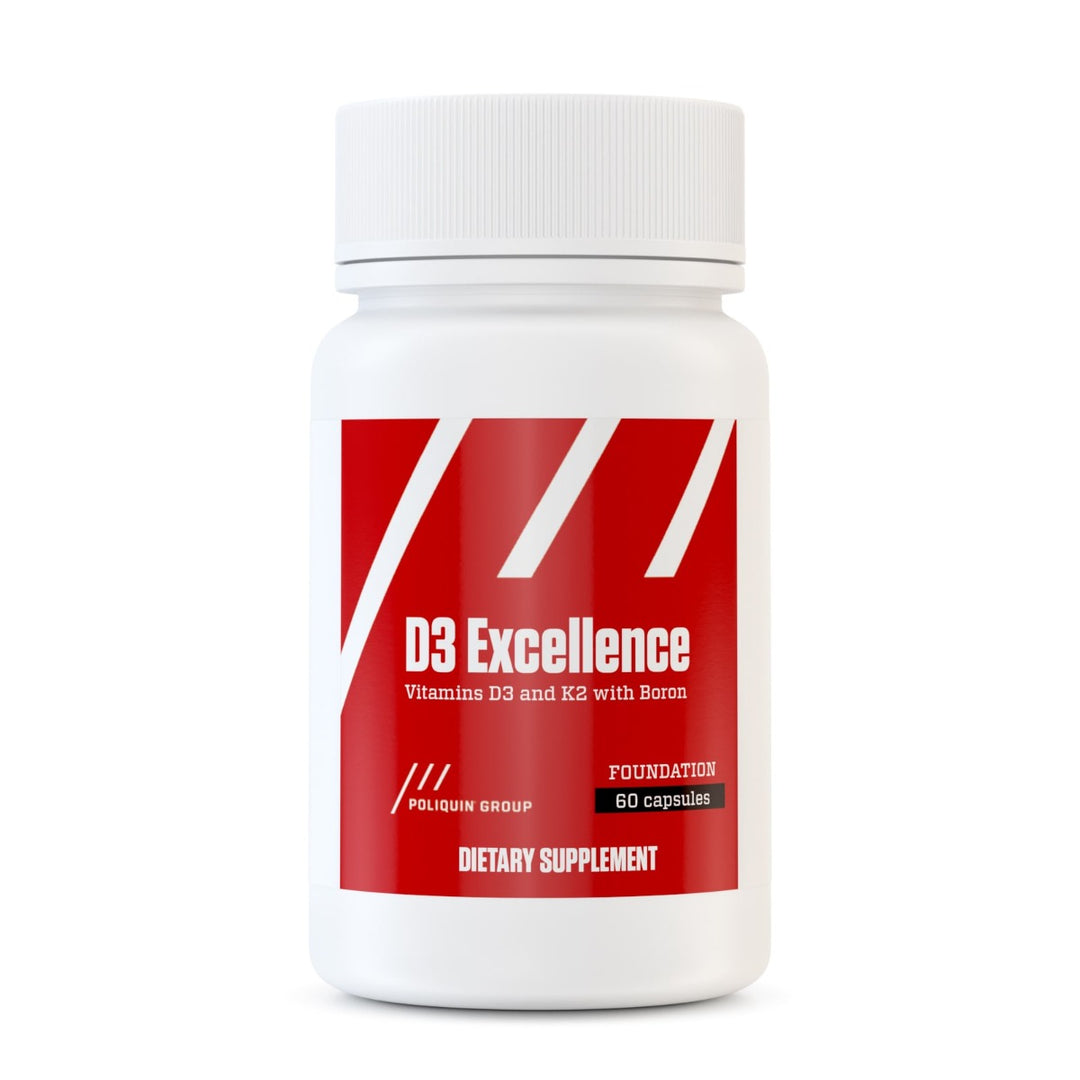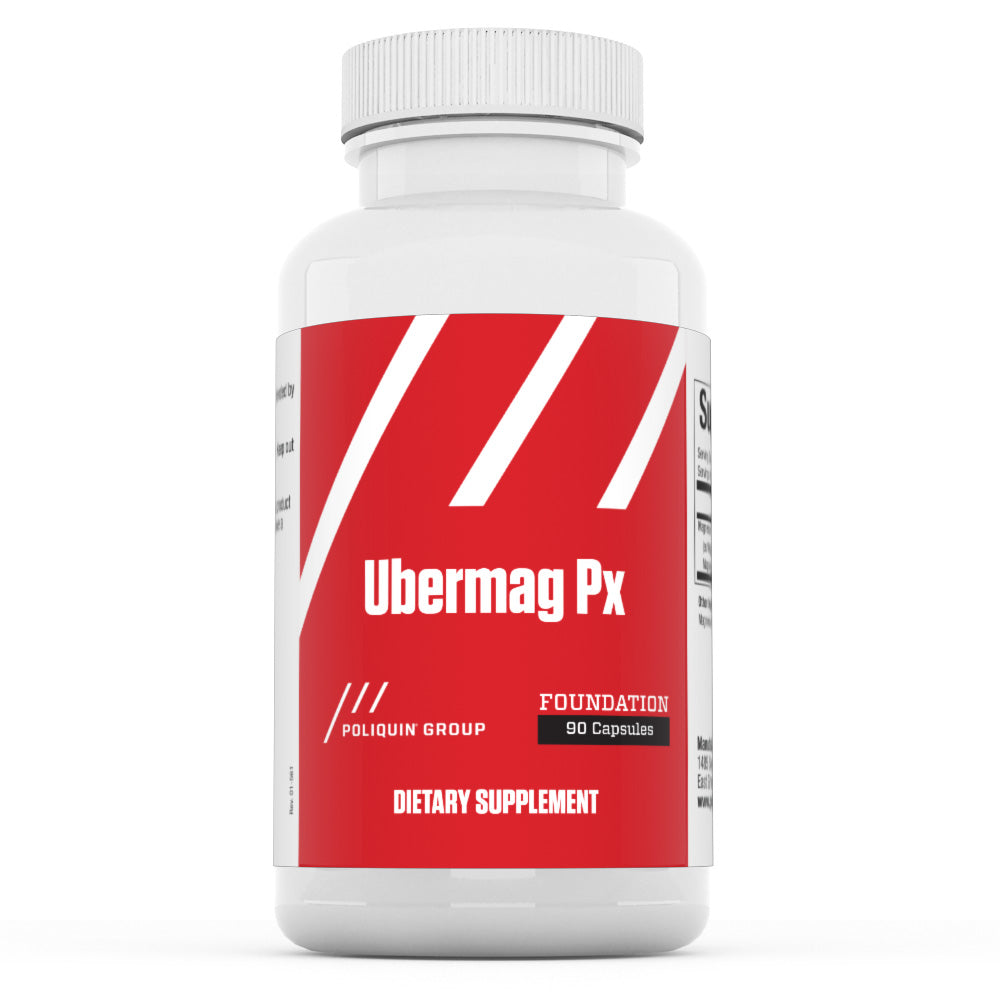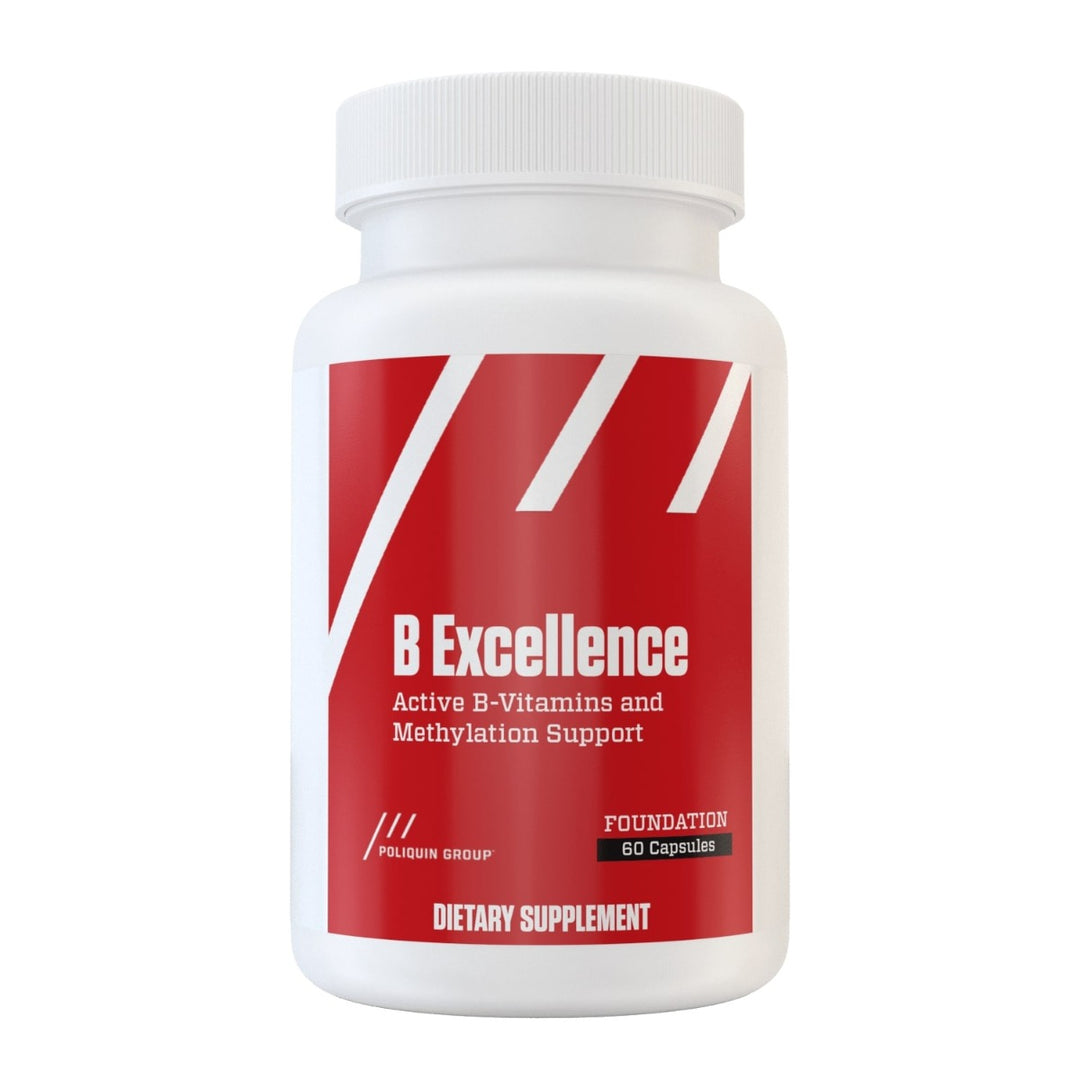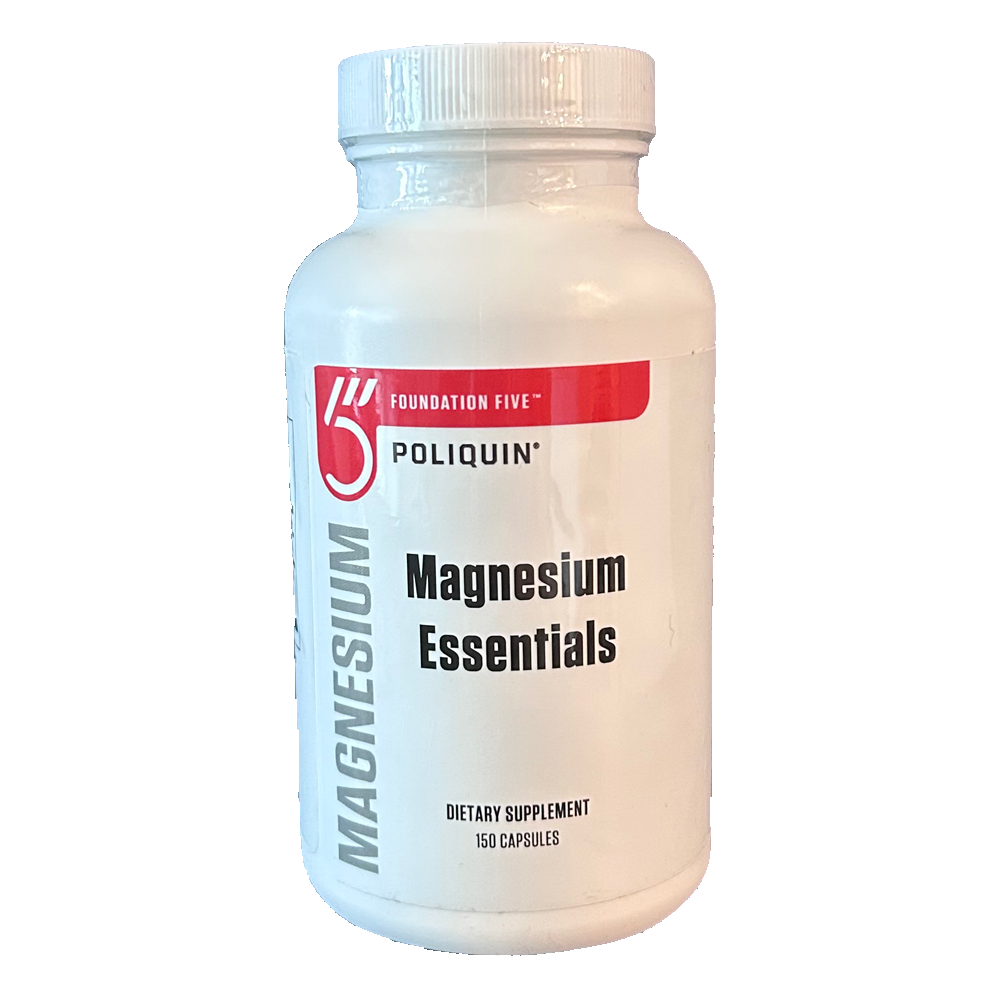Ten Fat Loss Tips For Athletes
Whether you’re a competitive athlete who makes a living from your physical performance or simply someone who takes their training seriously, you know that optimal body composition is a primary component of success.
But reducing body fat can be tough when you need to fuel for performance and ensure optimal recovery. If you’re combining a high-stress lifestyle with hardcore training, it becomes even harder to create the energy deficit necessary for fat loss.
Fortunately, a series of research studies show which strategies produce the best, most lasting fat loss results for athletes. Here are ten tips to help you maintain athletic performance, while optimizing body composition.
Tip #1: Shoot for a gradual weight loss in the range of 1 kg a week.
Be sure to eat a wide range of foods to avoid nutrient deficiencies and consume adequate protein to preserve muscle mass.
Tip #2:Don’t shy away from intense strength training.
Strength training will help maintain strength and muscle mass during fat loss.
Tip #3: Do short interval workoutsinstead of long-duration cardio.
Sprints and high-intensity training boost calorie expenditure in the recovery period and trigger protein synthesis so you sustain muscle, preserving metabolic rate.
Tip #4:Minimize muscle loss and dehydration during fat loss.
A high-protein diet will preserve muscle mass whereas adequate water electrolytes will help you avoid dehydration (due to reduced glycogen stores).
Tip #5: Supplement with BCAAs & creatine when training to avoid muscle loss.
Taking branched-chain amino acidsin conjunction with a weight-trainingprogram will help prevent muscle loss during fat reduction. Creatine supplementation is also beneficial for preserving muscle mass, however, body weight may stay the same because creatine increases cellular hydration.
Tip #6:When going low-carb, take the long view.
Short-term low-carb diets of a few daysoften lead to decreased physical performance whereas longer-term low-carb diets allow for metabolic adaptation so that body can efficiently burn fat, producing more positive results.
Tip #7: Don’t rely on the scale.
Test your body fat using a reliable skinfold test. You can lose 8 to 10 pounds in as little as two days by restricting water and carbs, but none of this will be body fat. On the other hand, if you ramp up your training so that you build muscle and increase energy substrate storage, such as glycogen and creatine in the muscles, you may be improving body composition while gaining weight. Therefore, the only easily accessible method that will reliably measure body composition is a skinfold test.
Tip #8: Don’t be afraid of dietary fat.
Very low-fat diets tend to yield less than stellar body composition results because they don’t supply the nutrition necessary for the body to synthesize hormones. Additionally, they require strict calorie counting—an approach that is a headache and increases level of perceived stress, unnecessarily elevating cortisol.
Tip #9: Never cut calories below your resting metabolic rate.
Reducing calorie intake below your resting metabolic rate (RMR) will lead to a metabolic slowdown so that you burn fewer calories daily. Athletic performance will likely be compromised as well. The Cunningham equation has been validated for athletic populations to calculate RMR where RMR = (lean body mass in kg X 22) + 500.
Tip #10: Focus on pre- and post-workout nutrition.
Get the most out of training sessions and enhance recovery by optimizing workout nutrition. Use whey protein for its greater muscle building and higher thermic effect than casein or soy. Post-workout is the best time to eat carbs because the muscles will be hypersensitive to insulin.











